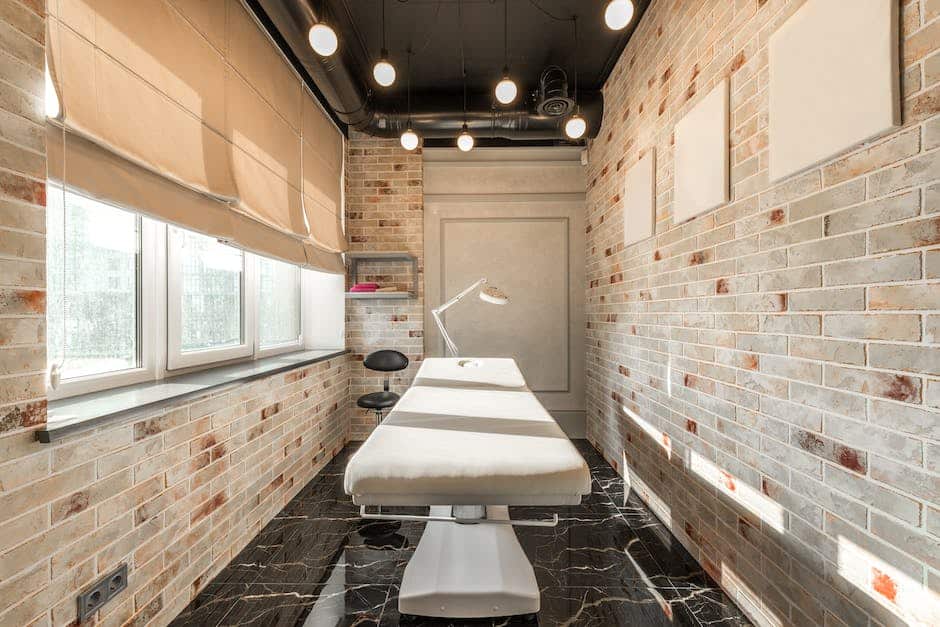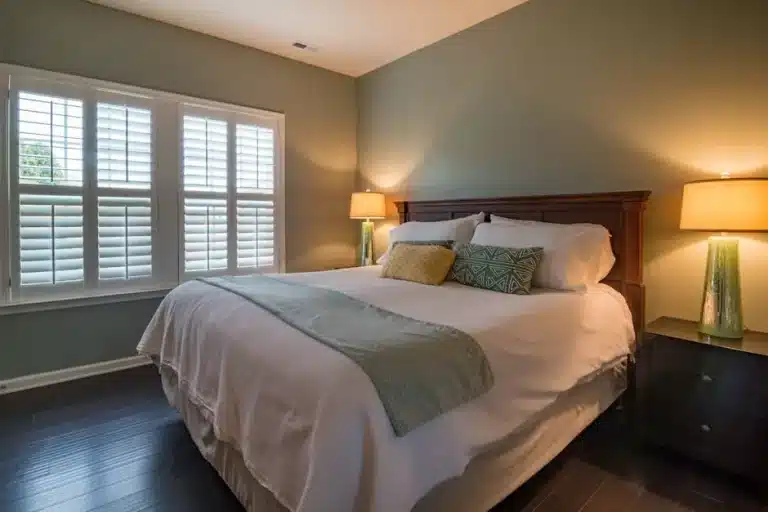Understanding the importance of window treatments
Window treatments play a crucial role in enhancing the aesthetics of your home as well as providing privacy and controlling light. They also contribute to the energy efficiency of your home by insulating against heat and cold. Well-chosen window treatments can elevate the overall ambiance of a room, making it more inviting and cozy. Whether it’s curtains, blinds, shades, or shutters, the right window treatment can significantly impact the look and feel of your living space.

Different types of home blinds
When it comes to home blinds, there are several types to choose from. Each type has its own unique features and benefits to consider. Here are some of the most common types of home blinds:
- Venetian Blinds: These have horizontal slats that are attached with strings or strips of cloth. They are very versatile and can be adjusted to control the amount of light that enters the room.
- Vertical Blinds: These consist of vertical louvers, making them ideal for large windows or sliding doors. They can be tilted to control the sunlight and are often used in offices or commercial spaces.
- Roman Blinds: These are fabric blinds that stack up evenly when they are raised and form smooth, neat pleats when lowered. They offer a softer, more decorative look compared to other blinds.
- Roller Blinds: These are simple, yet effective blinds made of fabric that can be rolled up or down to control the light in a room.
Choosing the right type of blinds for your home will depend on factors such as your preferred style, the size and shape of your windows, and your budget. Each type of blind offers different levels of light control, privacy, and visual appeal, so it’s
Factors to consider when choosing blinds
When choosing blinds for your windows, it’s important to consider a few key factors to ensure you make the right decision. Here are some important things to keep in mind:
- Light Control: Consider how much light you want to let in and whether you need blackout options for rooms like bedrooms and media rooms.
- Privacy: Think about the level of privacy you need in each room and choose blinds that offer the desired level of seclusion.
- Maintenance: Consider how much time and effort you’re willing to put into maintaining and cleaning the blinds.
- Style and Design: The style of your blinds should complement your overall interior design and enhance the visual appeal of your space.
- Budget: Determine your budget for window treatments and choose blinds that fit within that budget while still meeting your needs.
- Window Size and Shape: Take into account the size and shape of your windows, as well as any unique features, to ensure the blinds will fit and function properly.
Customization options for home blinds
Customizing your home blinds gives you the freedom to match them with your home decor and personal style. Some of the options for customization include:
- Material: Choose from a variety of materials such as wood, faux wood, aluminum, fabric, or vinyl, depending on your preference and budget.
- Color and Finish: Select a color and finish that complements your room’s color scheme and aesthetics, whether it’s a traditional wood finish, modern metallic, or a bold, vibrant color.
- Slat Size: Decide on the width of the slats, which can range from narrow to wide, to suit your preference for light control and visibility.
- Operating Mechanism: Determine whether you want corded, cordless, or motorized blinds for ease of use and child safety.
How to measure for blinds
When measuring for blinds, it’s important to ensure accuracy to get the right fit for your windows. Here are some steps to help you measure for blinds:
- Start by measuring the width of the window inside the frame.
- Next, measure the height of the window inside the frame.
- If you plan to install the blinds outside the window frame, measure the width and height of the area you want to cover.
- Remember to measure each window separately, as they may differ in size.
Following these steps will help you determine the correct dimensions for your blinds, ensuring a perfect fit for your windows.
Installation process for home blinds
The installation process for home blinds can vary depending on the type of blinds you choose. Here are some general steps you can expect during the installation:
- Measurements: Before installation, precise measurements of the windows are taken to ensure the blinds fit correctly.
- Mounting: The installation typically involves mounting brackets to the window frame or the wall, depending on the type of blinds.
- Attaching the Blinds: Once the brackets are in place, the blinds are attached to the brackets and secured into position.
- Testing: After installation, the blinds are tested to ensure smooth operation and proper functionality.
The actual installation process may vary based on the specific style and model of blinds you select for your home.
Maintenance and cleaning tips for blinds
When it comes to maintaining and cleaning your blinds, it’s important to follow a few simple steps to ensure they stay looking fresh and new. Here are some tips for maintaining and cleaning your blinds:
- Regularly dust your blinds using a feather duster or a microfiber cloth to remove any buildup of dust and debris.
- For a deeper clean, use a gentle cleaner or a mixture of water and mild detergent to wipe down your blinds. Make sure to avoid harsh chemicals that could damage the material.
- If your blinds are made of fabric, you may be able to remove them and put them in the washing machine for a thorough clean. However, be sure to check the manufacturer’s guidelines before doing so.
- Lastly, always allow your blinds to fully dry before raising them back up to avoid any potential damage or water spots. Proper maintenance and cleaning can help extend the life of your blinds and keep them looking their best.
Benefits of motorized blinds
Motorized blinds offer convenience and ease of use, as they can be operated with a remote control or a smartphone app. With motorized blinds, you can adjust the amount of light entering a room or increase your privacy with just a push of a button. This feature is especially beneficial for windows that are hard to reach, or for individuals with mobility issues. Additionally, motorized blinds can be programmed to open and close at specific times, offering an added layer of security when you’re away from home.
Eco-friendly options for window treatments
When selecting window treatments, opt for environmentally friendly options like bamboo, hemp, or organic cotton. These materials are sustainable and have minimal impact on the environment. Look for window treatments labeled as “green” or “eco-friendly” to ensure they align with your sustainability goals. Bamboo shades, organic cotton curtains, and hemp drapes are all excellent eco-friendly choices. When considering window treatments, keep in mind the impact on both your home and the environment.
Conclusion and final tips
When choosing the right window treatment for your home, it’s essential to consider the level of privacy and light control you need in each room. Here are some final tips to help you make the best decision:
- Make sure to measure your windows accurately before purchasing any window treatment to ensure a proper fit.
- Consider the maintenance required for each type of window treatment. Some may need more frequent cleaning or upkeep than others.
- Don’t forget to think about the overall aesthetic and style of your home when selecting window treatments. You want them to complement your existing decor.
- Lastly, if you’re unsure about which window treatment is best for a particular room, consult with a professional to get expert advice tailored to your specific needs.






